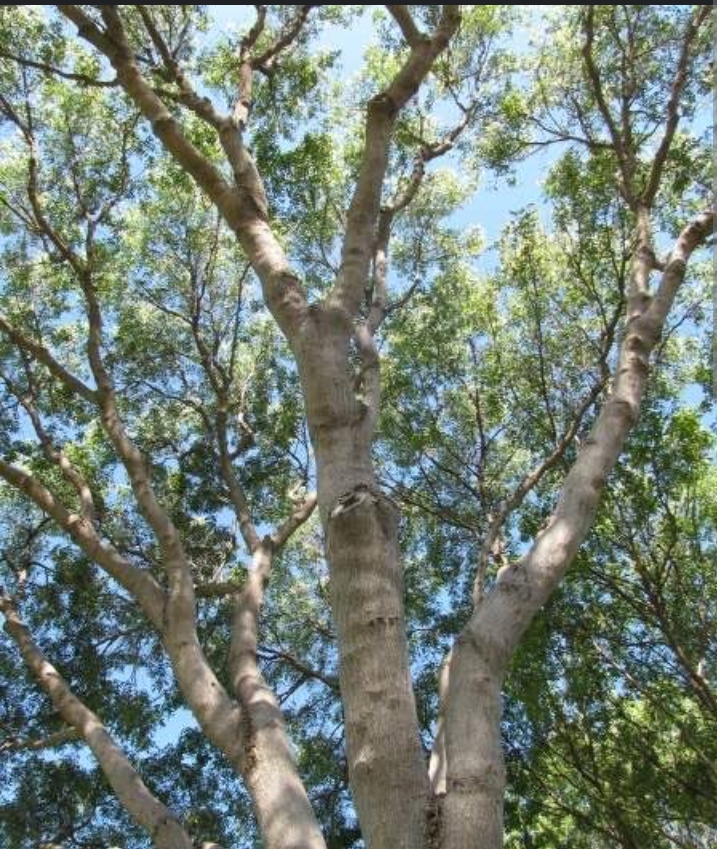Swietenia mahagoni(L.) Jacq.
Mahogany is an evergreen or briefly deciduous tree that can grow up to 30 metres tall with a large, spherical crown and many heavy branches that cast a dense shade. The bole is often short and much-branched, up to 100cm in diameter, usually with a short, buttressing base up to 1 metre in diameter. The tree is deciduous in areas where it is subject to drought.Mahogany, obtained from several species in the genus Swietenia, is regarded as the world’s finest timber for high-class furniture and cabinet work. This species was the first to be discovered by the Europeans and has been exported from Hispaniola since the 16th century. It has been widely over-exploited in the wild and is now cultivated in plantations in other areas of the tropics. It is grown as an ornamental tree in various parts of India.
The tree is classified as 'Endangered' in the IUCN Red List of Threatened Species(2010).
- Family: Meliaceae
- Habit: Evergreen Tree
- Habitat: Pastures, along the sides of roads, rare in natural woodland
- Status : Common
Vernacular names
Malayalam - Mahagani
Hindi - Mahagoni
Bengali - Mehgani
Tamil - Mahagani
Telugu - Mahagoni
Kannada - Mahagoni
Medicinal Uses
The stem bark is considered to be antiseptic, astringent and febrifuge. It is taken orally as a decoction for diarrhoea and dysentery, as a source of vitamins and iron, and as a medicine to induce haemorrhage. When the bark is steeped to a red liquid, it is taken to clear the blood, increase appetite, and restore strength in cases of tuberculosis.A decoction of the bark is used externally to dress wounds caused by firearms.Methanol extracts of the bark showed inhibitory activity on HIV-1 protease.Ether extracts of seeds inhibited platelet aggregation, probably due to the presence of tetranortriterpenoids.
